Repotting Silverlace fern
BlueberryBundtcake - 6a/5b MA
2 years ago
Featured Answer
Sort by:Oldest
Comments (13)
socks
2 years agoRelated Discussions
repotting a foxtail fern ( a.densiflorus 'myeri')
Comments (8)Hi TFW. What size is the current pot? Foxtails grow large, take a LOT of space. Have a picture? If you'd like your new Foxtail to grow larger, repot in a bigger container. If you want to keep your Foxtail 'x' size, remove and divide. Don't discard tubers..yep, when you repot tubers should be buried. Last fall, 'because of space,' I divided Foxtail and Ming Ferns which were terribly root-bound. Wait until you 'attempt' removing from container..Eat your spinach first..lol. Because I ran out of soil, Foxtail was repotted in 'mostly/98%' bark. Only problem is bark dries faster so Foxtail and Mings need more water. Or I should say, watered more often than plants in soil mediums. BTW, I had to 'saw' roots in thirds. So, good luck dividing. Toni...See MoreToday's repot featuring asparagus fern and Schefflera
Comments (12)You do have to water more often. However, watering more often in a fast draining mix is much better for the plant. A mix that stays soggy for a long time does nothing good. It's only convenient for the person watering the plant. Depending on the plant and if it's indoors, you'd probably need to water every 3-4 days. But don't go on a schedule, water when the plant needs it. Pine bark fines are actually pretty easy to find in the US. I get mine at Agway for $6 for for a 3 cubic foot bag....See MoreShould I repot my Kimberly Queen fern now?
Comments (4)Personally I never re-pot any plants in the winter, when I was just starting out with plants many year ago, I would re-pot any time and I'd loose so many,fast forward to learning more about plants, I now know late Spring is the best time to re-pot. If you do decide to go ahead and re-pot be very careful with disturbing the root system....See Moreroots on asparagus fern. repot?
Comments (4)Bridget, you will do much more damage to your plant by trying to untangle those roots than by taking a sharp, clean blade to them. My method for dealing with asparagus is different than gardengal's. After removing the plant from the container, I take a knife and completely cut off the bottom couple of inches of the root mass and discard it. Then, I'll decide if I want to move the plant up to a bigger container, which may be too cumbersome for my purposes, or divide my plant in half. Use the knife to score the outside of the root ball in shallow vertical cuts, cut sharply in half......or leave whole and plant into your container with fresh, coarse potting mix and water in well....See Moresocks
2 years agoBlueberryBundtcake - 6a/5b MA
2 years agosocks
2 years agotapla (mid-Michigan, USDA z5b-6a)
2 years agoBlueberryBundtcake - 6a/5b MA
2 years agotapla (mid-Michigan, USDA z5b-6a)
2 years agoBlueberryBundtcake - 6a/5b MA
2 years agotapla (mid-Michigan, USDA z5b-6a)
2 years agoBlueberryBundtcake - 6a/5b MA
2 years agotapla (mid-Michigan, USDA z5b-6a)
2 years agoBlueberryBundtcake - 6a/5b MA
2 years ago
Related Stories

HOUSEPLANTSMaidenhair Fern Brings Lacy Grace to a Room
Give this houseplant damsel lots of water and humidity, and a happy ending can be enjoyed by all
Full Story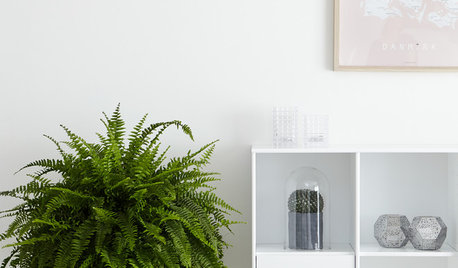
HOUSEPLANTSGet to Know Boston Fern, a Plant That’s Always in Style
This icon of the Victorian era stands out in homes of any style, whether grown indoors or out
Full Story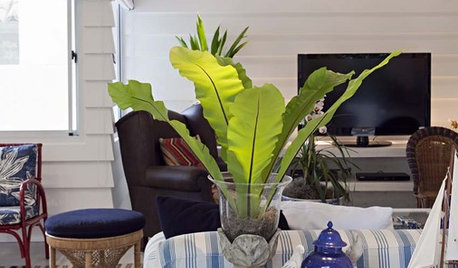
HOUSEPLANTSGet a Tropical Splash With a Bird's Nest Fern
Sword-shaped leaves make this fern a stunning accent — and you can even mount it on wood for a wall hanging
Full Story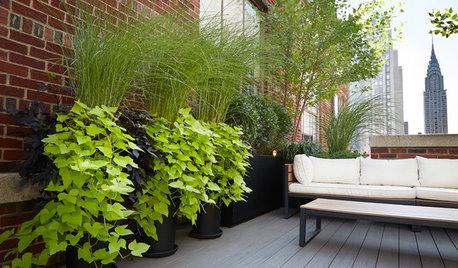
GARDENING GUIDES10 All-Foliage Container Ideas for Your Summer Garden
These long-lasting plants are easy to care for and add lushness and consistency to patio gardens
Full Story
HOUSEPLANTS8 Essentials for Healthy Indoor Plants
Houseplants add so much to our homes — and can thrive when grown in the right conditions. Keep these tips in mind
Full Story
HOUSEPLANTS10 Top Plants to Grow Indoors
Brighten a room and clean the air with a houseplant that cascades artfully, stretches toward the ceiling or looks great on a wall
Full Story
HOUSEPLANTSIndoor Winter Gardens for Cheerier Days
Bring plants inside for drab-days mood boosting — not to mention cleaner indoor air and protection for your greenery
Full Story
HOUSEPLANTS8 Houseplants You Can't Kill
They're forgiving and let you forget. Houseplants don't get any easier than this
Full Story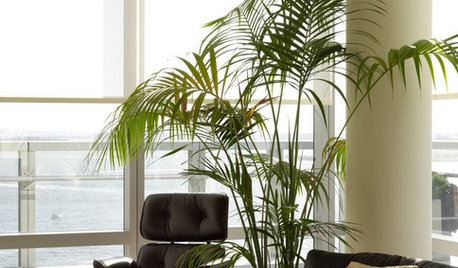
DECORATING GUIDESPalm Trees Take Interiors on a Tropical Vacation
Conjure a sultry vibe or bring welcome life to modern rooms. Whatever your interior design style, palm trees are the ticket to enhancing it
Full Story
CONTAINER GARDENSHappy Houseplants, Happy People
Potted plants add life and beauty to a room. Learn easy ways to keep them healthy
Full Story



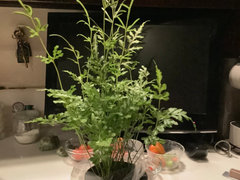
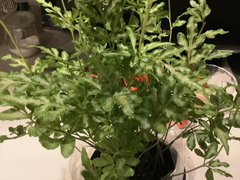
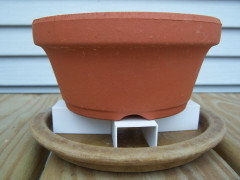



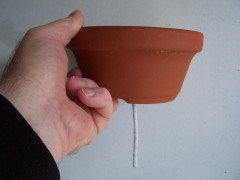
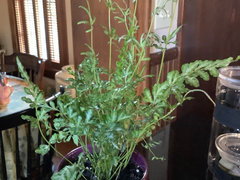


BlueberryBundtcake - 6a/5b MAOriginal Author